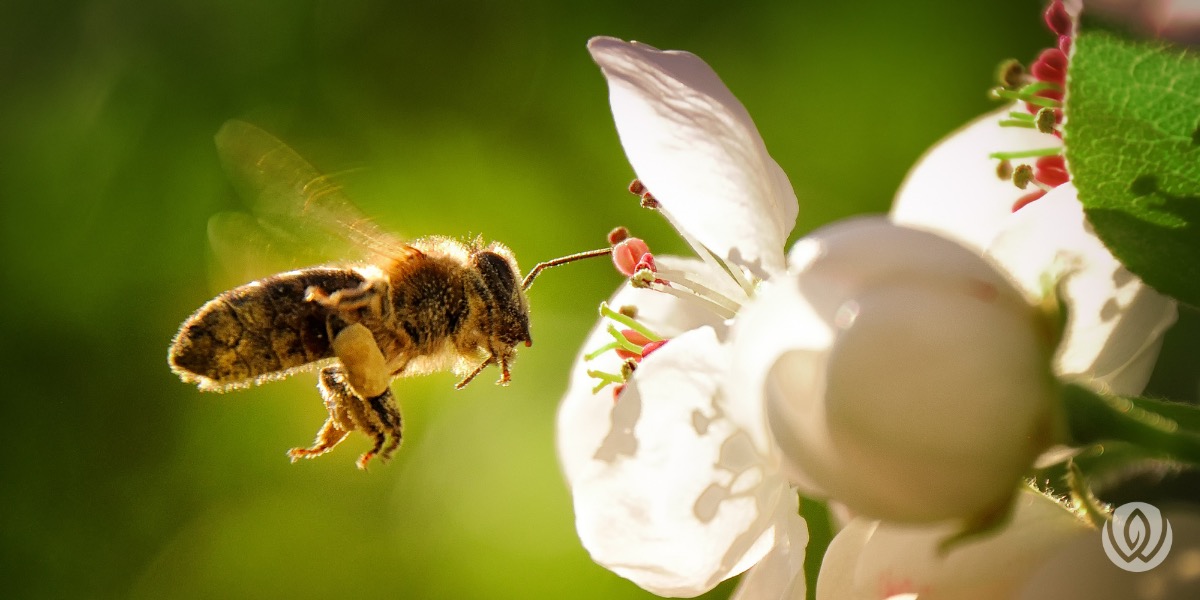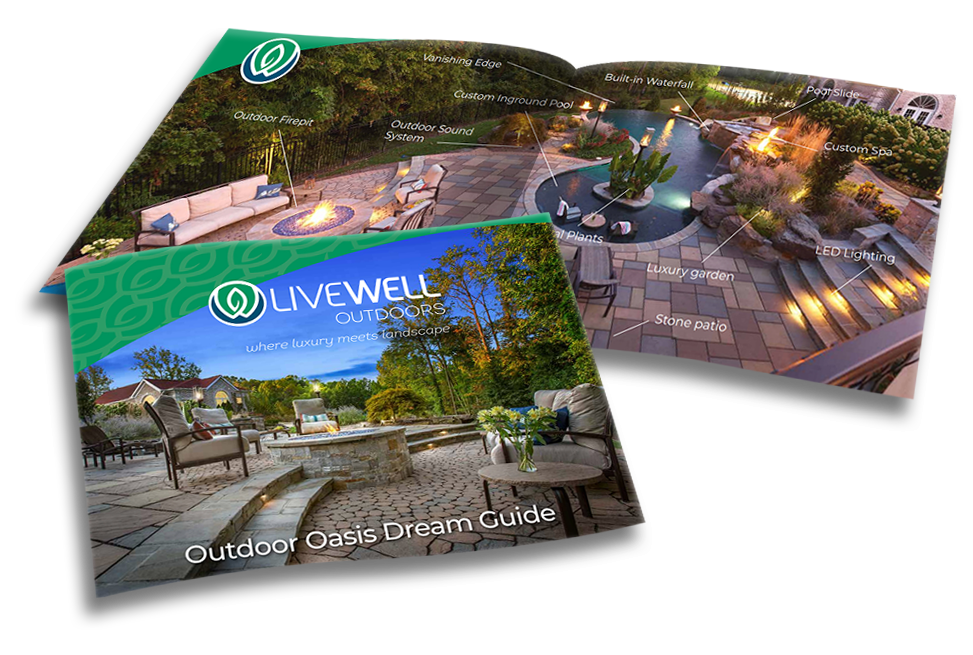
Did you know that May 20th is World Bee Day? It’s a day set aside to educate people on the importance of bees. The bee population worldwide is in danger due to – you guessed it – human activity. Examples include the introduction of invasive insects, use of pesticides, and loss of pollen and nectar-producing plants.
Today we’re going to discuss how the average homeowner’s landscape design can help (or hurt) bees. We hope you’ll consider adding some elements to your landscape design to help the bees and end some practices that can hurt the pollinator population.
Let’s get started.
One of the best ways to help the local bee population thrive is by planting flowering trees and shrubs such as:
By having flowering trees and shrubs on your property, you give bees (and other pollinators) an early spring source of food. You also beautify the look and scent of your property. It’s a win-win.
If you like flowers, try adding a pollinator garden. Simply put, this is a flower garden planted with bees, butterflies, hummingbirds, and beneficial insects in mind. It can be as big or as small as your desire and space allow.
Things to include in your pollinator garden:
For best results, avoid invasive species and use native plants whenever possible. Refer to the University of Maryland Extension link above for more tips on designing and planting a pollinator garden.
Related Reading: Why You Should Use Native Plants in Your Landscape
This goes hand-in-hand with our first two ways to help the bees. Turfgrass does little or nothing to help pollinators, and it forces you to spend hours every spring, summer, and fall putting down weed and feed and mowing the grass.
By planting more trees and shrubs, and adding garden beds, you reduce the amount of grass you have to mow while improving the habitat for pollinators and birds. Another win-win!
By avoiding harmful pesticides, you help protect the bee population. If you have to spray anything, do it early in the morning or late in the evening to avoid spraying bees. You can also consider encouraging beneficial insects to help reduce the population of any unwanted pests.
Related Reading: Beneficial Insects and How to Attract Them to Your Yard
If you’re looking to upgrade your landscape design and make it bee-friendly at the same time, we can help. We design and install luxury outdoor living spaces our clients (and the bees) love. Use the contact form to schedule an on-site consultation or call 301.720.1000. We work with homeowners in Maryland, DC, and Northern Virginia.
